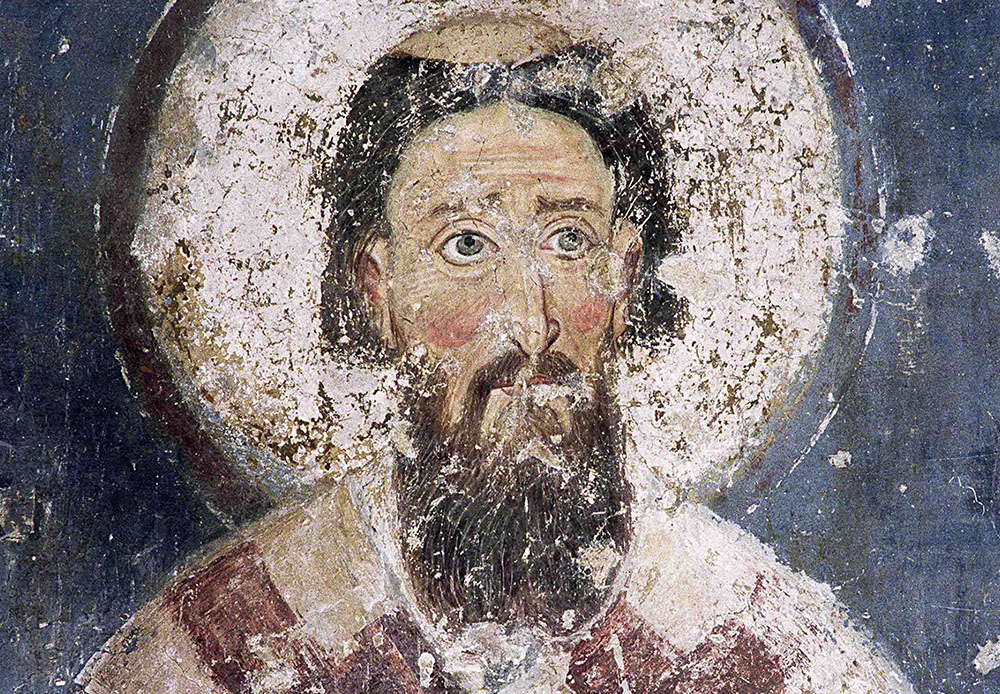Introduction:
Saint Sava was a major figure in Serbian history, recognized for his work as the nation’s first independent archbishop of the Serbian Orthodox Church and for his contributions to Serbia’s advancements in the arts and culture. This page will give a succinct summary of his life and contributions.
Saint Sava Early Life:
Early Years: Saint Sava was the youngest son of Grand Prince Stefan Nemanja and Ana Nemanji, a Byzantine Emperor Roman’s daughter. He was born Rastko Nemanji in 1175. He was very devout as a child and had a special interest in iconography. He left his father’s home at the age of 17 to become a monk in the Monastery of Saint Panteleimon on Mount Athos, where he took the name Sava and became a monk in 1192.
Founding the Hilandar Monastery:
Grand Prince Stefan Nemanja left the Raka realm in 1196 to accompany his son to the Studenica Monastery, where he took the name Simeon and was initiated as a monk. The Hilandar Monastery was established on Mount Athos the next year by Sava and Simeon. Simeon passed away in 1199, and a few months later he was canonized.
Becoming the First Serbian Archbishop:
Sava attained the positions of deacon, archimandrite, and later, archimandrite in Thessaloniki in the early 13th century in the Hilandar Monastery. In 1207, when he returned to Serbia, he made amends with his brothers Stefan and Vukan and carried the remains of his father, Saint Simeon. Sava’s older brother Stefan was anointed as Stefan Prvovenani in 1217, and at a Nicaean court in 1219, the Patriarch of Constantinople proclaimed Sava the first Serbian archbishop. The Serbian Orthodox Church became an autonomous, separate church as a result of this appointment.

Contribution to Education and Religion:
Sava traveled much in Serbia during his tenure as archbishop, advocating for education and the growth of monasteries and churches. The “Hilandar Typicon” and the “Studenica Typicon,” which served as guidelines for the monasteries of Hilandar and Studenica, respectively, were among the theological writings he also produced. He released the first Serbian Nomokanon in 1220, a legal system that covered civil and ecclesiastical rules connected to matters of the church.
Death and Legacy:
Sava passed away in 1236 while traveling back from a pilgrimage to the Holy Land. His bones were later returned to Serbia and buried at the Mileseva Monastery. He is regarded as one of the most significant individuals in Serbian history and is honored as the country’s patron saint.
Saint Sava Church in Belgrade:
Saint Sava is honored for his services to religion and education as well as for the Serbian city of Belgrade’s Saint Sava Church. One of the biggest Serbian Orthodox churches in the world, it is a notable landmark in the city. It was constructed on the spot where, as part of their efforts to repress the Serbian Orthodox Church, Ottoman officials burned Saint Sava’s bones in 1595. In 2004, the church was officially opened after more than a century of building. It is a work of art in terms of architecture, with a huge dome that can be seen from much of the city. It is made of white marble and has mosaics and elaborate decorations. The church’s interior is decorated with exquisite frescoes and icons. The Saint Sava Church is not just a place of worship but also a cultural and educational hub with a library, a museum, and a seminary on its premises. It is a well-liked tourist destination and a significant representation of Serbia’s rich religious and cultural heritage.

Saint Sava Orthodox Icon:
Saint Sava is known for his role in the creation of the Saint Sava Orthodox icon in addition to his contributions to religion and education. Traditional Serbian Orthodox icon of Saint Sava shows the saint wearing cloak and carrying a book and cross. It is highly regarded as a representation of the nation’s cultural and spiritual history and is frequently referred to be Serbia’s national icon. The icon is frequently pictured on coins, stamps, and other national emblems in addition to being used in Serbian churches, monasteries, and residences. It is frequently summoned in times of need or catastrophe because it is thought to be a strong protector of the Serbian people. The Saint Sava Orthodox icon is a testament to the enduring legacy of Saint Sava and his important role in the history and culture of Serbia.





